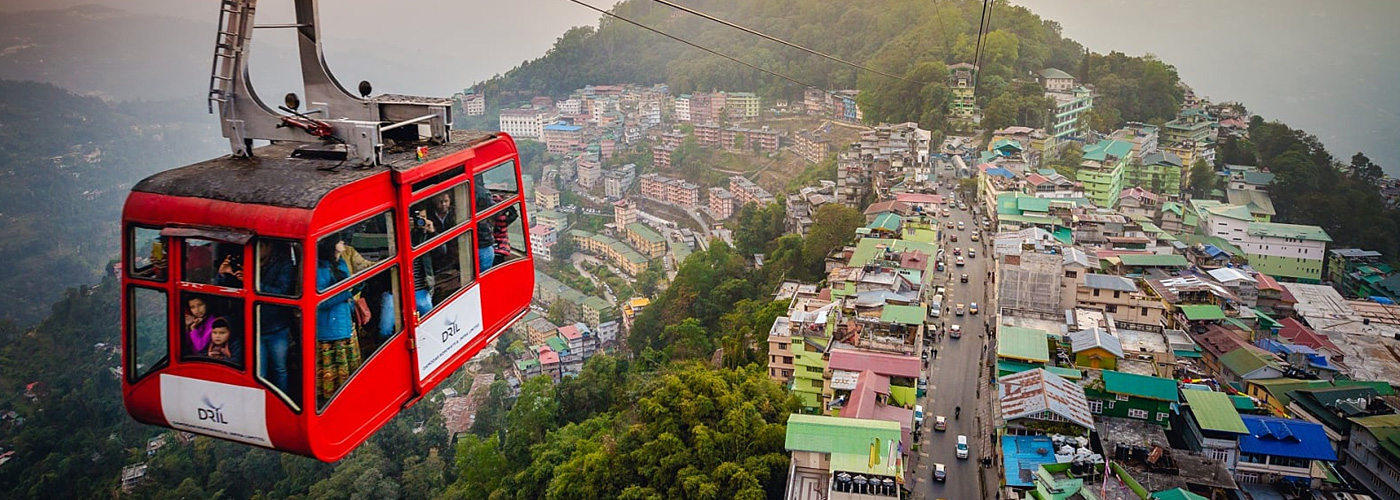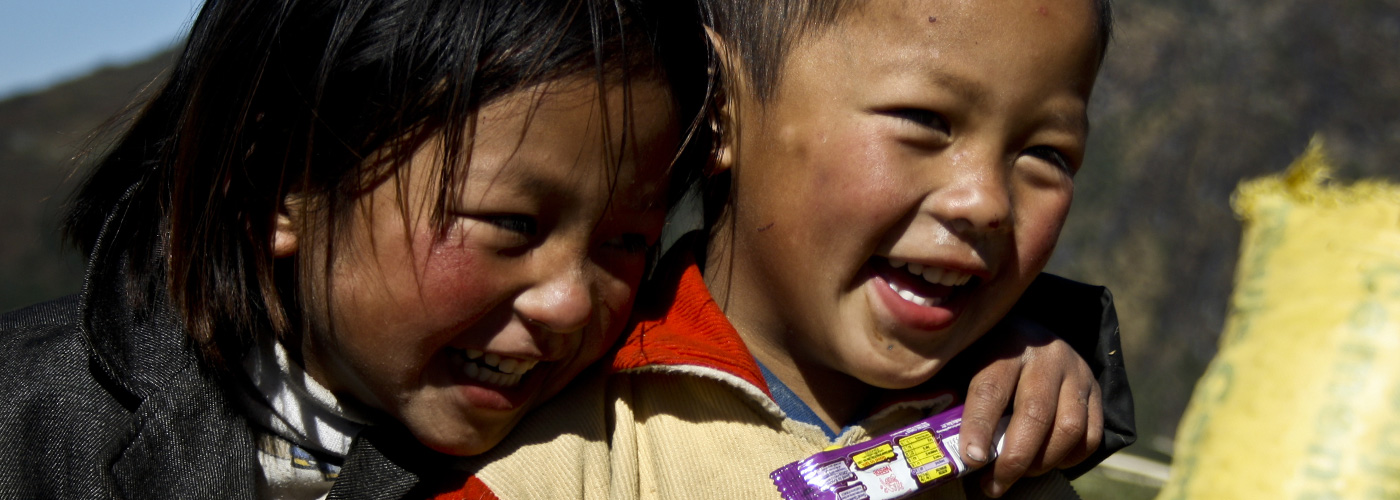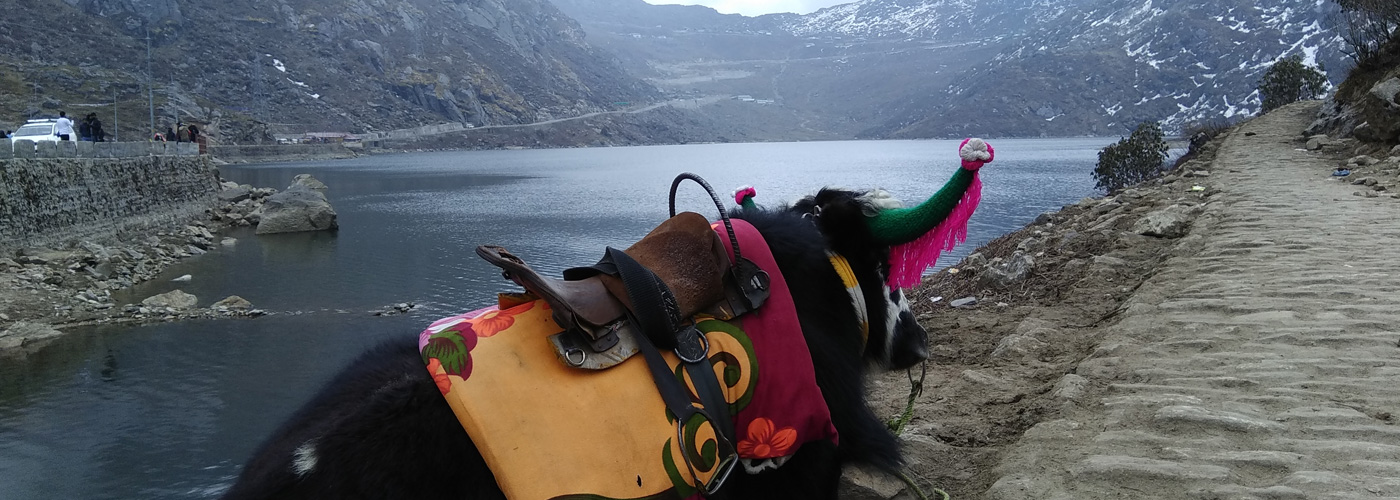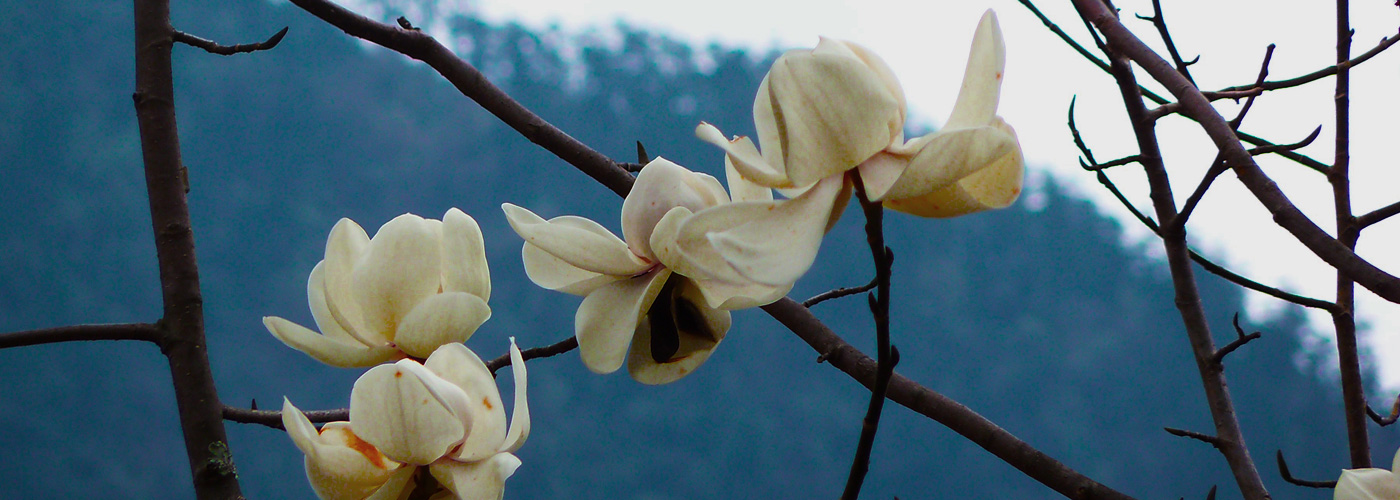Gangtok: A Travel Guide
Introduction to Gangtok
Gangtok on some fresh April or October morning meets you all bathed and combed, ready to go to school, its eyes sparkling and a hint of dimples on its hill-child cheeks. Impeccably dressed women go off to work, monks hurry down to the bazaar, young men in shiny jackets amble along, making sure their hair is gelled in place, and tourists try out momos. If it's autumn, the tall mountain goddess peak of Kanchenjunga can be seen from hotel windows, restaurants, and roads.
Gangtok, the capital of Sikkim, sits at an altitude of 5,410 ft in the Eastern Himalayas. It’s a harmonious blend of Sikkim’s ethnic diversity comprising Lepchas, Bhutias, Tibetans, and Nepalese. Over time, Gangtok evolved from a remote village into a bustling town while holding on to its rich history. Until 1975, Sikkim was a kingdom ruled by the Chogyal dynasty. Today, the town spreads down the hillside with its prettily painted roofs, thriving markets, and monasteries echoing with the chants of young monks.
Top Attractions in Gangtok
MG Marg
MG Marg, the town’s heart, is a bustling pedestrian zone lined with shops, cafés, and restaurants. It’s the ideal place for tourists to relax, shop for souvenirs, and taste the local delicacies like momos and Thukpa. The vibrant atmosphere of MG Marg is an essential Gangtok experience, giving you a glimpse into local life.
The Ridge
Just above the main town, a short walk from the bazaar, is the Ridge, a beautiful stretch of road lined with trees. It’s where locals and tourists come for a stroll. On one end of the Ridge is the White Hall, built in 1932 and named after Claude White, the first Political Officer of the state. The Ridge offers scenic views and is home to the Flower Exhibition Centre, which displays a beautiful variety of orchids, especially in spring.
Enchey Monastery
Located just 15 minutes above the Ridge, Enchey Monastery lives up to its name, which means “the high strong place.” This serene monastery perched on the upper slopes offers enchanting mornings with the hypnotic chants of monks during their morning prayers. Locals often stop by for prayers before heading to work. You’ll see young monks running, squabbling, and eating, just like any young boy with his school friends.
Namgyal Institute of Tibetology
Established in 1958, the Namgyal Institute of Tibetology is a must-visit for heritage lovers. The institute houses one of the world’s largest collections of Tibetan literature, thangkas, and rare manuscripts. The museum exhibits a majestic silver image of Manjushri, the Bodhisattva of knowledge, which was brought from Tibet. Visitors will be captivated by the grace, beauty, and silence of this place.
Himalayan Zoological Park
The Gangtok Zoo, officially known as the Himalayan Zoological Park, sprawls across 205 hectares of lush, mountainous terrain near Ganesh Tok Viewpoint. It is more than a typical zoo; it’s a natural haven where you can spot rare animals like snow leopards, Tibetan wolves, red pandas, and various species of Himalayan pheasants. The open enclosures mimic the animals’ natural habitats, offering a unique experience for visitors.
Rumtek Monastery
Rumtek Monastery, Sikkim’s largest, is located 23 km from Gangtok. The road to Rumtek takes you across the Rangeet River, with scenic views along the way. Nearly 300 years old, the monastery is known for its magnificent thangkas and is a major seat of the Kagyupa (Black Hat) sect of Buddhism. It’s a hub of spiritual and artistic culture and offers visitors the chance to experience the serene chants of the monks.
Tsomgo Lake
As you leave Gangtok behind and head towards Tsomgo Lake, the landscape transitions into a wet temperate forest with slopes covered in oaks, pines, and ash. Within minutes, you find yourself at Kyongnosla, a picture-postcard alpine village where travellers often buy gloves and woollen socks to prepare for the cold ahead. Soon, the transcendentally serene Tsomgo Lake appears—a pure glass-like lake capable of reflecting both human and divine. At over a kilometre long and 50 ft deep, Tsomgo Lake is a breathtaking high-altitude wonder. The lake offers yak rides, and you can enjoy steaming Maggi and black tea at one of the shops along the lakeside.
Nathu La
Continuing up from Tsomgo Lake, the road to Nathu La passes through snow-covered terrains and sometimes dense fog. Nathu La is a Himalayan pass at 14,140 ft, marking the Indo-China border and a historic branch of the Silk Route. In the early 20th century, Nathu La was a thriving trade route, connecting Lhasa to Bengal. Although traditional trade declined over time, the border connection was reopened in 2006 after decades. Tourists at Nathu La often express their awe of reaching such heights and interact with the soldiers on both sides, making it a memorable experience. Sherathang, located 6 km down from Nathu La, is the hub of trade and activities.
Things to Do in Gangtok
Cable Car Ride: Experience the panoramic views of Gangtok’s skyline and the surrounding hills on the Deorali to Tashiling cable car ride.
Paragliding and Adventure Sports: For thrill-seekers, Gangtok offers paragliding, river rafting, rock climbing, and mountain biking. The views while paragliding over Gangtok are unforgettable.
Scenic Walks: Stroll around The Ridge, explore the surroundings of Enchey Monastery, or walk along the picturesque roads leading to nearby villages.
Local Cuisine: Gangtok’s restaurants offer delicious local dishes like momos, Thukpa, Gundruk, and fermented beverages like chaang.
Nearby Destinations from Gangtok
Lachung and Lachen: Perfect for exploring Yumthang Valley and the pristine Gurudongmar Lake, these twin villages are ideal for nature lovers.
Pelling: Known for its panoramic views of Kanchenjunga, Pelling offers historical attractions like Pemayangtse Monastery and Rabdentse Ruins.
Ravangla: A visit to Ravangla takes you to Buddha Park, surrounded by rolling tea gardens, offering peace and serenity.
How to Reach Gangtok
By Air: The nearest airport is Pakyong Airport, 35 km away. Bagdogra Airport (125 km) is another viable option with better connectivity.
By Train: New Jalpaiguri (NJP) is the nearest major railway station, around 120 km from Gangtok.
By Road: Regular buses and shared taxis connect Gangtok with Siliguri, Darjeeling, and other towns in Sikkim. Private taxis are also available for a comfortable journey.
Frequently Asked Questions (FAQs)
What are the best months to visit Gangtok?
The best months to visit Gangtok are from March to May and October to December.
Are permits necessary for Nathula Pass and Tsomgo Lake?
Yes, permits are required, which can be arranged by your hotel or local tour operators.
Is Gangtok safe for solo travellers?
Yes, Gangtok is safe for solo travellers, with friendly locals and reliable transport options.
Humro Tours
-
Address:19 MN Sarkar Road, Mahananda para, near Sevoke More, Siliguri 734001 ,Siliguri, Darjeeling, State : West Bengal, Country : India. PIN : 734001
-
Call Us at:
+919733000592; 9733000594; 9733300676; 9733300686 -
Mail Us:
info@easthimalaya.in




